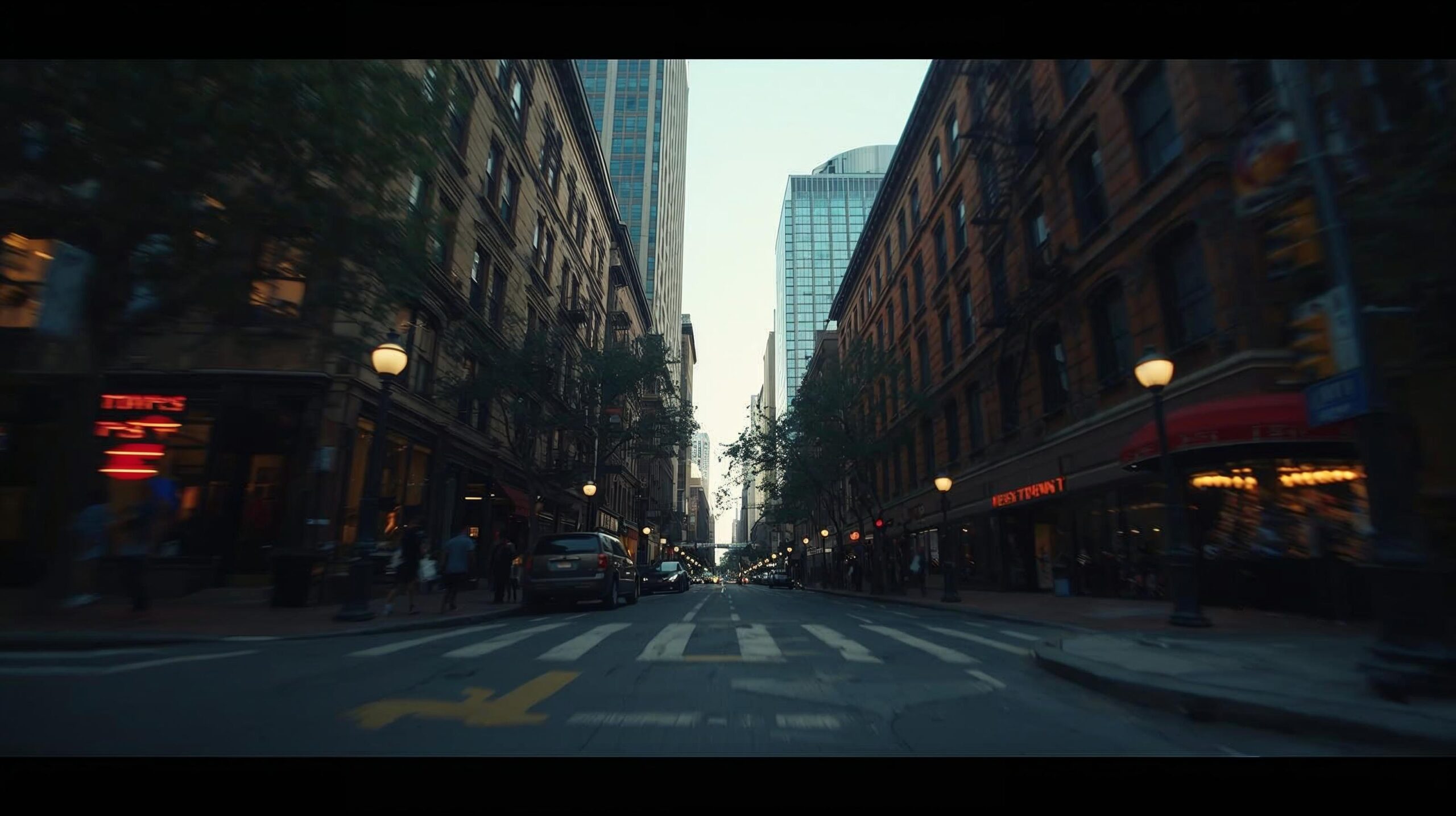
Discover West Town
Published on September 4, 2025
Among its other programs, the West Town Chamber of Commerce sponsors First Fridays, when local galleries and other arts-based businesses stay open until 8 p.m. eATLAS’ free Adventure takes you to the establishments participating on Sept. 5th, 2025. You can also take Ronnie Frey’s Historic Homes, Cottages & Buildings of Wicker Park Adventure.
By Dave Lifton (@daveeatschicago)
Although Chicago is rightfully described as a city of neighborhoods, going into greater detail can be a bit tough to understand. There are 77 Community Designated Areas (CDA), within which are more than 200 neighborhoods. Complicating things even further is that neighborhoods often have undefined boundaries, some exist within two CDAs, and new ones form due to the city’s continuing evolution.
Located a few miles northwest of downtown and bordered by Bloomindale Ave. (north), Sacramento Blvd. (west), Kinzie St. (south), and the Chicago River (east), West Town (CDA #24) may be the perfect example of this. It includes some of Chicago’s hippest neighborhoods, including Wicker Park and Bucktown (part of which is in Logan Square), as well as East Humboldt Park (confusingly, the actual park is in West Town, with the Humboldt Park CDA beginning west of it).
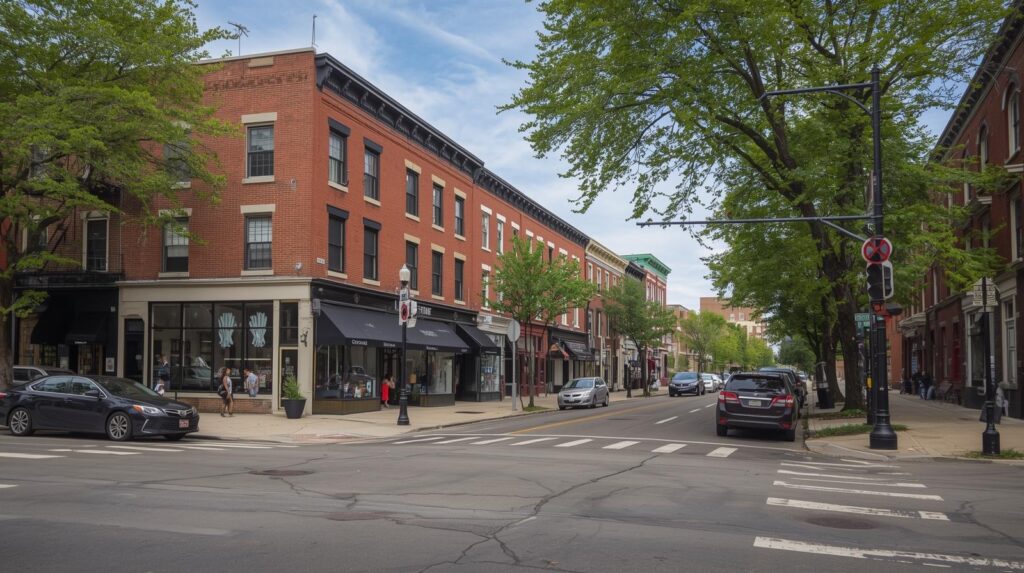
If all that seems complex, West Town’s origins are more straightforward. In the mid-1800s, the West Side started to grow through the first wave of European migrants, then by the need to build housing in the aftermath of the Great Chicago Fire of 1871. The immigrants created enclaves based on their ethnicity: Poles congregated around Milwaukee Ave., forming the “Polonia Triangle” at the intersection of Milwaukee, Division and Ashland Avenues. Germans settled in Wicker Park and Humboldt Park, where there were also Swedes and Norwegians. Around the turn of the century, Ukrainians started to arrive in what is now Ukrainian Village.
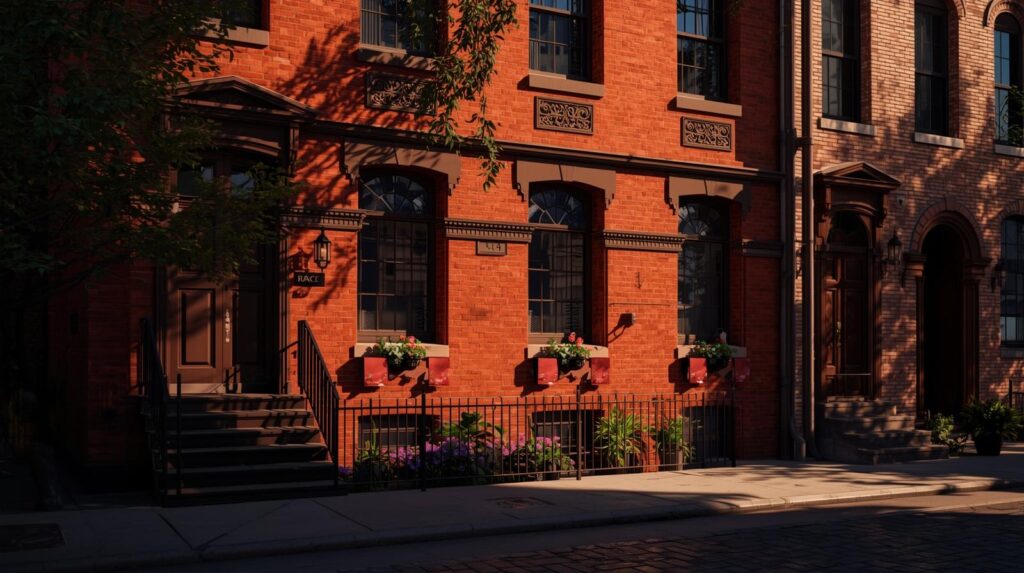
In the 1920s, a pair of sociologists at the University of Chicago, Robert Park and Ernest Burgess, created the first CDA map based on several criteria. All those neighborhoods – plus River West, East Village, Noble Square, and Pulaski Park – were grouped together as West Town, although these days it is generally only used to refer to the Chicago Ave. corridor.
By the 1950s, the demographics of West Town started to change, as Latinos moved in. Mexicans found homes in Ukrainian Village, Wicker Park, and Bucktown. Puerto Ricans gathered around Humboldt Park, and the half-mile section of Division St. between Western and California Avenues was called “Paseo Boricua,” and was renamed “Barrio Boriken” in 2024. By 1990, people of Hispanic origin comprised 62% of the population of West Town.
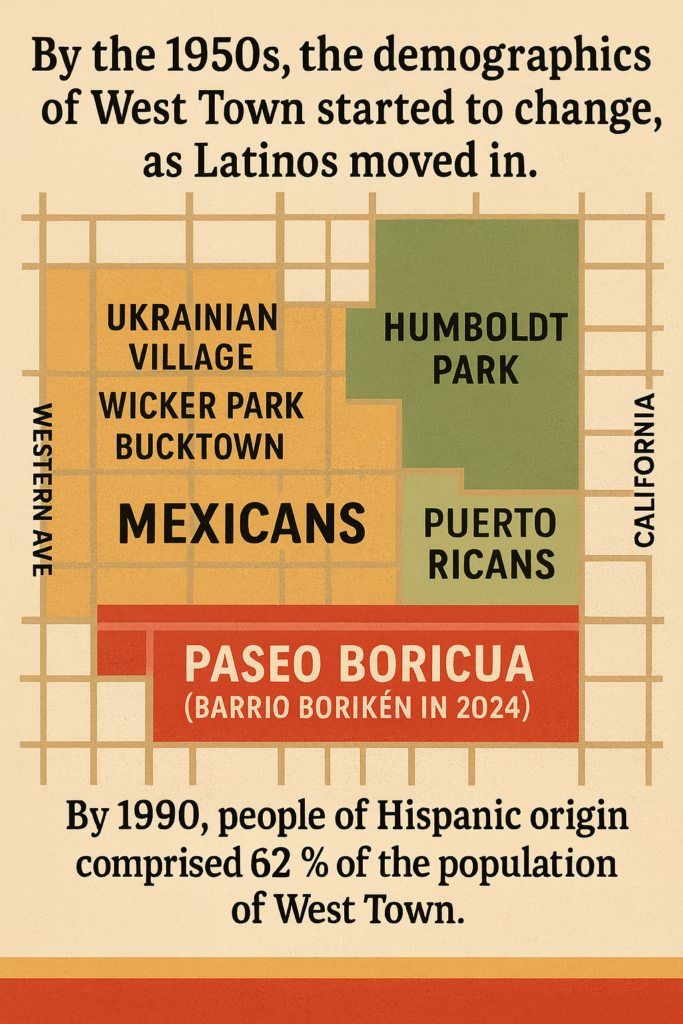
However, the forces of gentrification were already underway. Artists who were being priced out of Old Town and Lincoln Park found new homes by crossing the river into Wicker Park and Bucktown. Developers took advantage of low property values to renovate and repurpose buildings. The higher rents led to many Latinos leaving, and Wicker Park has since gained a reputation as Chicago’s hipster neighborhood (the title of Liz Phair’s 1993 album Exile in Guyville was a reference to the male-dominated music scene in Wicker Park).
East Humboldt Park has fought back hard against the changes, and installed a pair of 60-foot steel Puerto Rican flags above Division Ave. at both ends of the Barrio Boriken in 1995. The flags were landmarked by the city in 2022.
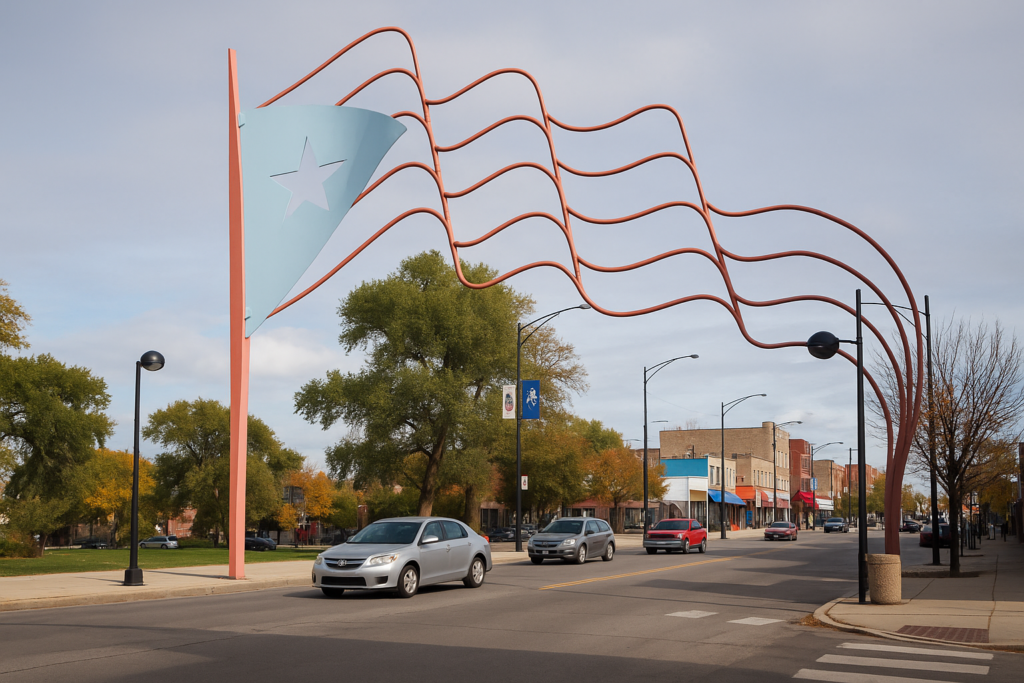
Nowadays, Wicker Park, Bucktown, and Ukrainian Village are well-known for their dining scene, with local establishments ranging from corner bars to taquerias to fusion restaurants lining the main streets. In the past decade, Chicago Ave. has also become home to many art galleries. The West Town Chamber of Commerce lists 31 galleries, many within a few blocks of Chicago and Ashland Avenues. The annual Art Walk, held in the first weekend in October, brings together galleries with participating retailers and restaurants displaying works by local artists.
In addition to the galleries, River West is also home to the Intuit Art Museum. Founded in 1991, the museum is devoted exclusively to the work of self-taught artists, many of whom have had to overcome significant obstacles in the pursuit of their passion.
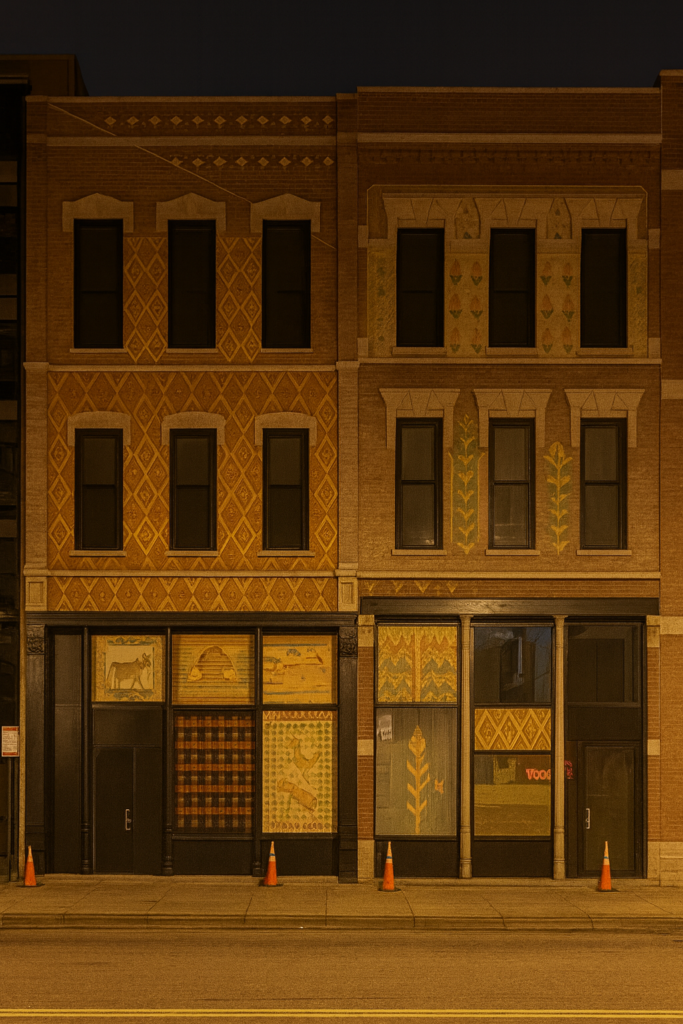
When visitors say that they want to go outside the tourist-filled downtown attractions and see where Chicagoans spend their time, West Town’s collection of historic neighborhoods, thriving nightlife, and art scene make it one of the most popular destinations. And it’s accessible by public transportation on the CTA Blue Line.

The Adventure starts when you say it does.
All eATLAS Adventures are designed and built by experienced eATLAS Whoa!Guides. They're always on. Always entertaining. And always ready to go.
Check out our Adventures!